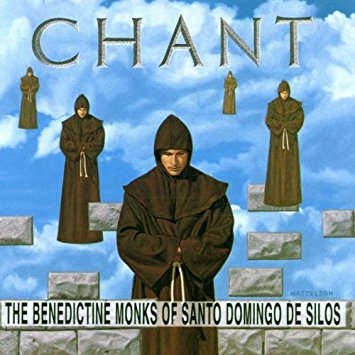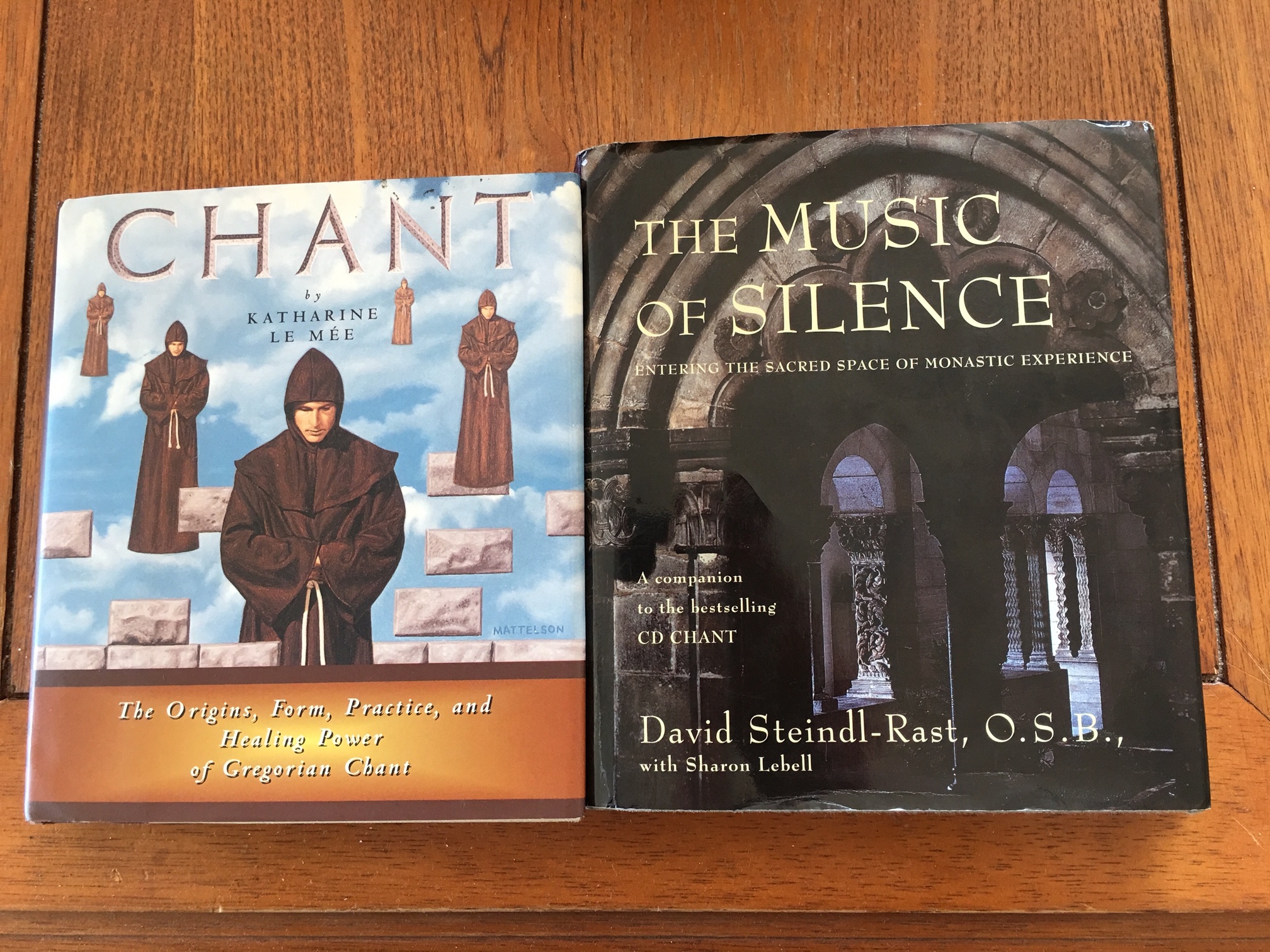Hours and Angels
“We are always meeting deadlines; we are always running out of time..The message of following the monastic hours is to live daily with the real rhythms of the day. To live responsively, consciously, and intentionally, directing our lives from within, not being swept along by the demands of the clock, by external agendas, by mere reactions to whatever happens. By living in the real rhythms,..we learn to listen to the music of this moment,.. we learn to dance a little in our hearts, to open our inner gates a crack more, to hearken to the music of silence, the divine life breath of the universe.”
David Steindl-Rast, O.S.B., The Music of Silence, Entering the sacred Space of Monastic Experience.
I take this book off my shelf to see two cards drop out, both from deceased spiritual friends. The one from Nyna Keeton is an encouraging note about some of my writing. Another from Joanne Meadors is on a card from San Marco Museum in Florence, Italy of the Fra Angelico painting of the angel beating the drum from the Tabernacle of the Linaioli. The harp and the trumpet musical angels are also on a birthday card in the book from another spiritual friend with whom I have lost contact. There is also a photograph of the altar piece at the Pierce Chapel at Trinity Cathedral, Little Rock, which also depicts the musical Fra Angelico angels. I remember I went on a trip to Florence solely to see these angels. A book full of angels, a book full of memories still coming from spiritual friends I no longer physically see calling me back to the spiritual life we shared. Also between the pages of the book is a Forward Day by Day pamphlet about following the monastic hours. This was my first introduction to the monastic hours over thirty years ago. Years later I would read so many of Phyllis Tickle’s writings about her experience of following the monastic hours. The Music of Silence is also an invitation to follow the journey through the day following the monastic hours in some manner as each of the eight hours is prayerfully described by Brother David, often using the images of the Fra Angelico angels. Beware of cards and notes you leave in books for now unknown reasons. They may become messages from angels unaware.
Joanna joannaseibert.com




